Driving solo
Test-day advice from a newly-licensed driver
LICENSED. Driving home from an extracurricular activity one evening. Once the anxiety of the test itself has passed, it often takes months for teens to feel completely comfortable behind the wheel, especially after dark. Luckily for the suburbian teen, the Sycamore area is rife with short, easy drives to build up solo-driving skills.
I tug my jacket closed as I cross the parking lot, struggling against the oppressively strong winds. As I pull the keys out of my pocket and hear a metallic clank, I realize that I don’t know how to start the car.
Approximately 50 seconds earlier, I was sitting in the waiting room at the Seven Hills License Bureau with an elevated heart rate, trying to convince myself that I did indeed know how to drive.
As PBS reports, 80.4% of high school seniors in the Midwest have a driver’s license. Hundreds of SHS students are licensed drivers. The odds made it very likely that I would pass my test eventually.
But, speaking now as a veteran (and victor) of the Ohio Driving and Skills test, hearing about my friends’ and siblings’ experiences with the test, along with knowing exactly what to expect, helped with the anxiety. This one’s for all you underclassmen and lazy 16 to 18-year-olds.
The Driving and Skills test, which earns a driver their permanent license, can be taken anywhere from six months to one year after securing a temporary driver’s license. The temporary license expires one year after it is first earned.
Before taking the test, the state of Ohio requires that drivers have 50 hours of driving experience with an appropriate mentor as well as the requisite driving school credits.
Because I was nearing one year with my temporary license, I made an appointment with what you could call my driving school “alma mater” to have a driving instructor take me to the test in one of the school’s cars.
This gives you the opportunity to practice the maneuverability section of the test with the instructor immediately before the real deal and allows you to ask the instructor any final questions before the test. It also lets you do the test in that same car, which, for most, is the car they learn maneuverability in during in-car lessons.
In my experience, it also meant a dusty (though not deterring) supply of Life Savers mints conveniently located in the car’s center console. Speaking as someone who fell asleep on the way to the testing station, these mints lived up to their name.
On that note, my testing adventure began shortly after school on a drowsy, grey Tuesday, when my driving instructor picked me up at my house and drove me (although it would have been nice to drive the car myself) to a parking lot near the License Bureau.
There, he set up those five dreaded orange cones and let me practice the maneuverability portion of the test for about 35 minutes.
Last-minute tips I picked up at that point: first, do not be ashamed to take it slow (even if the examiner mocks you for it afterward); second, stopping, pulling through to your initial position, and starting over is preferable to hitting or knocking down a cone; third, do not adjust your mirrors after your last practice run, for this changes how the cones show up when you look to the mirrors during the test.
After I felt “ready” (i.e. as the scheduled time of my test approached) the instructor drove me to the testing station and checked me in, whereupon I was told to sit and wait for an examiner to call me. I likely waited for about six minutes before a middle-aged woman with dirty blonde ringlets called my name.
I had to fill out some paperwork with my personal information and the vehicle I would be testing in, and then the examiner briefed me on how the first stage of the test would work as we headed outside to where my testing car was parked. (Read about test requirements and details here.)
After I managed to fit the key into the ignition and wake up the car, the examiner tested my ability to blow the horn, depress the brake pedal, and use the turn signals (this was the vehicle inspection portion of the test), then got into the car with me.
At this point, the examiner instructed me to drive over to the separate maneuverability area set up in the lot.
Once it was vacant, I pulled the car into the starting position, and those oppressively strong winds knocked over a cone of their own accord—an unexpected and nerve-wracking development that, thankfully, turned out to be an isolated incident.
The examiner explained the test to me using a diagram on her clipboard, and so it began. I passed that section without incident (forward through the markers and backward through the markers), and we moved straight into the road test.
The road test lasted about ten to twelve minutes and was confined to a residential area near the testing station. There were stop signs, turns, a school bus, parked cars to veer around, and pedestrians to look out for.
Passing the road test means surviving with no more than 25 points in deductions.
Minor blunders like starting abruptly or turning too slowly translate to two or five-point deductions, while more serious errors like failing to yield to approaching traffic or following too closely can steal 10 or 15 points.
After passing the road test, I wrestled the key out of the ignition and we returned to the License Bureau, where I ignorantly attempted to follow the examiner through the door that led behind the service counter and the entire waiting room laughed at me.
(To be fair, the examiner never told me what to do at that point. Now you know.)
After you pass your road test, return to the service counter where you first met the examiner so that they can go over final details with you and give you your test results.
Congratulations! Go home.
Sources:
Your donation will support the student journalists of Sycamore High School. Your contribution will allow us to purchase equipment and cover our annual website hosting costs.



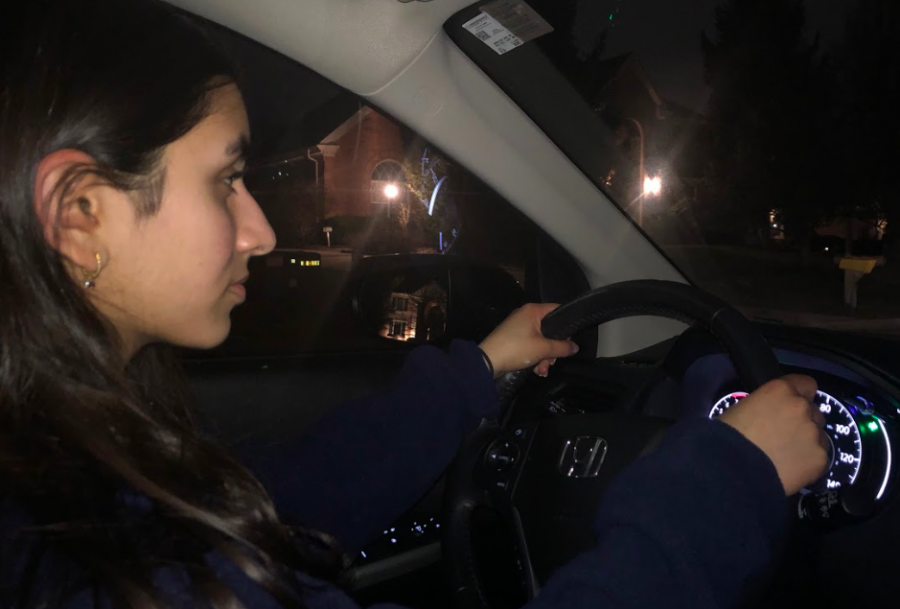
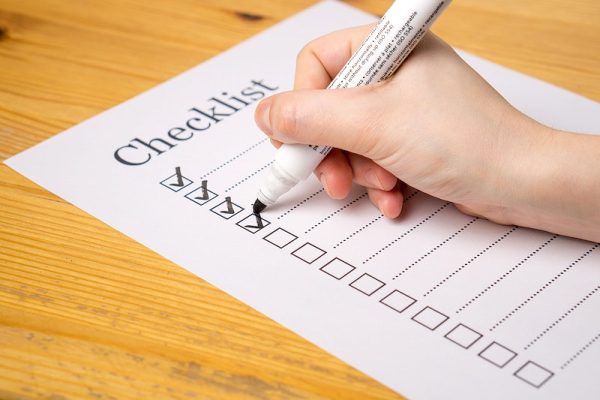
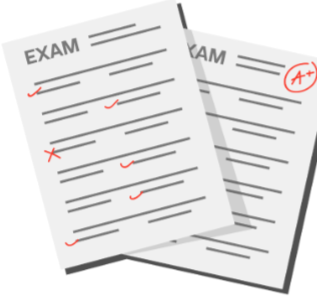


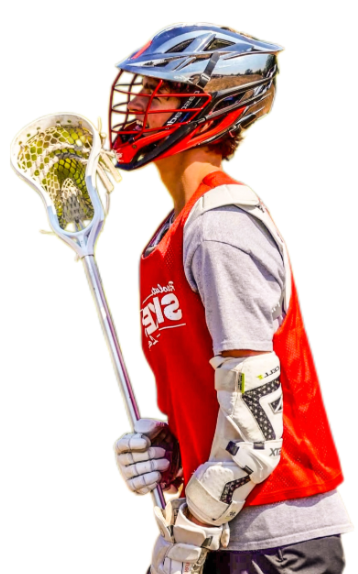
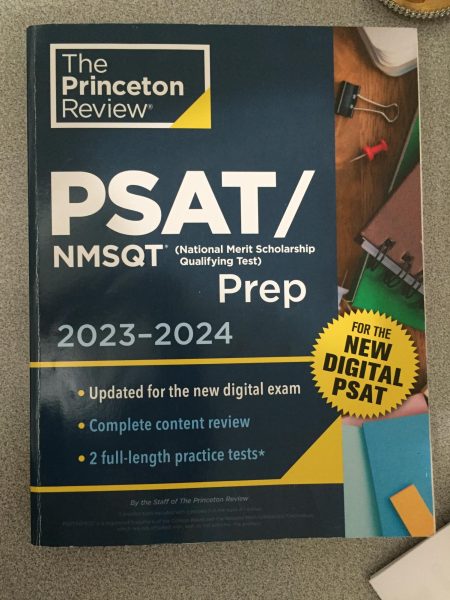
![Mock Trial members from Gold and Green team last year pose for a picture in front of the OCLRE building in Columbus. "We all put in so much work [last] year. I know [this] year we’ll come back improved and ready to win!” said Ogunbodede.](https://shsleaf.org/wp-content/uploads/2025/10/IMG_4121-600x411.jpg)


